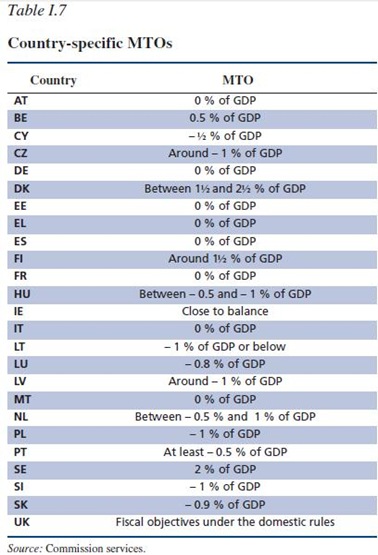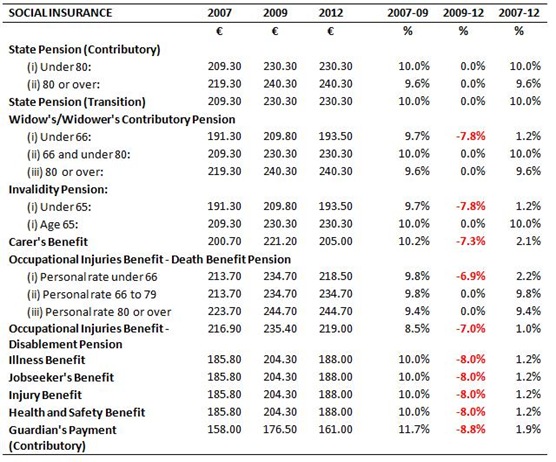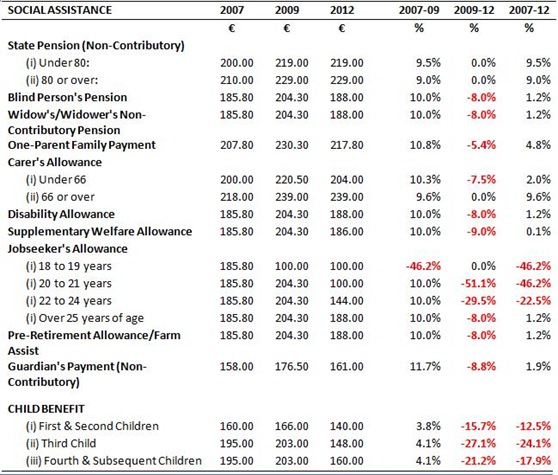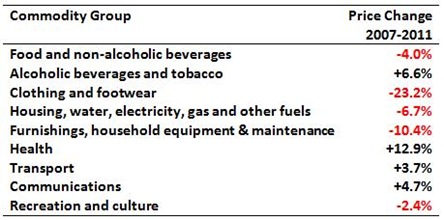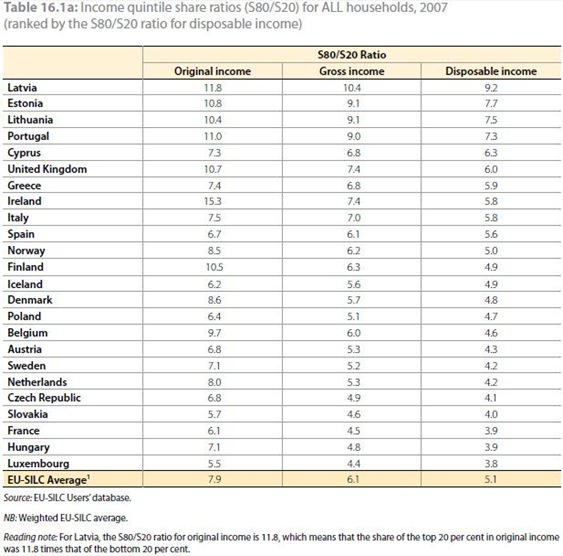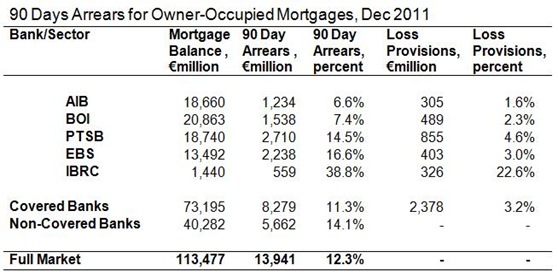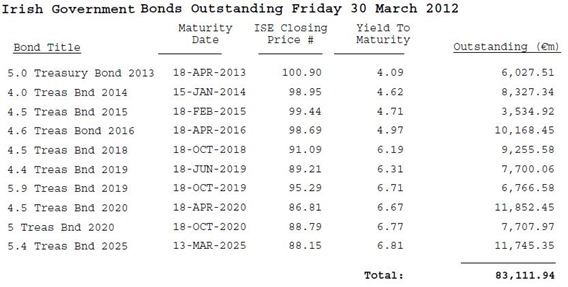The issue of whether Ireland will have access to official funding after the current €67.5 billion of loans from the EU/IMF have been drawn down continues to get a lot of attention.
We first looked at this when the referendum was first announced and the conclusion remains the same. The evidence suggests that Ireland will have continued access to EU funding until we have regained market access regardless of the outcome of the forthcoming referendum as long as we meet the terms of the programme.
The debate is centred around the so-called ‘blackmail’ clause that is included in both
the Treaty on Stability, Coordination and Governance (The Fiscal Stability Treaty) and
the European Stability Mechanism Treaty. We don’t need to repeat both so here is the one from the ESM Treaty:
“It is acknowledged and agreed that the granting of financial assistance in the framework of new programmes under the ESM will be conditional, as of 1 March 2013, on the ratification of the TSCG [Treaty of Stability, Cooperation and Governance] by the ESM Member concerned and, upon expiration of the transposition period referred to in Article 3(2) TSCG on compliance with the requirements of that article.”
The process that saw this clause inserted into the Treaty at the start of February, even though the Treaty was originally agreed last July, has generated plenty of heat. However, it seems reasonable if someone who is lending money wants to apply conditions to those who are trying to get access to that money.
One potentially crucial word is that it only applies to ‘new’ programmes from the 1st of March 2013. Ireland is already in a programme and there already have been substantial changes to it.
Initially €17.5 billion of the €67.5 billion to be provided by the EU/IMF was set aside for the banks. After last March’s stress tests the drawdown for the banks was around €7.5 billion and the remaining €10 billion was shifted to provide additional funding for the day-to-day running of the State. Could there be a further increase?
As
the previous post pointed out this was actually agreed last July when the
EU leaders announced that:
“We are determined to continue to provide support to countries under programmes until they have regained market access, provided they successfully implement those programmes. We welcome Ireland and Portugal's resolve to strictly implement their programmes and reiterate our strong commitment to the success of these programmes.”
This may not be the most tenable basis on which to believe that Ireland will have access to EU funds after the full amount of current loans have been drawn down but it is what the EU agreed. It was reiterated as recently as the EU summit of the 30th of January whe
n the statement of the EU leaders said that:
We welcome the latest positive reviews of the Irish and Portuguese programmes which concluded that quantitative performance criteria and structural benchmarks have been met. We will continue to provide support to countries under a programme until they have regained market access, provided they successfully implement their programmes.
That seems pretty unequivocal to me and this statement was released after the Stability Treaty was agreed and the so-called ‘blackmail’ clause had been introduced. It has not been contradicted in any subsequent EU statements, and the applicability of the ‘blackmail’ clause to ‘new’ programmes does leave scope for the current Irish programme to be extended.
Poul Thomsen, an IMF Deputy Director in the European Department is of the view that the programme can be extended. In a
recent IMF seminar on Greece, Ireland and Portugal he said:
“The key here is, of course, that Europe has underscored, European leaders have emphasized that Europe stands ready to support these countries for as long as it will take to bring them back to market, provided, of course, that there’s steady progress under these programs. That is clearly unprecedented.”
Although only an observer, last week the ratings agency Standard and Poors released a short statement when the maintained their BBB+ investment grade rating of Irish government bonds. In it they said:
However, we currently expect that the rating would remain investment grade following such an outcome. This is based on our expectation that even if the electorate were to reject the constitutional amendment in the May 31 referendum, political negotiations with Ireland's European partners could lead to official funding continuing beyond the current program that ends in 2013. If we were to conclude that Ireland would be effectively excluded from future official funding before regaining reliable access to market funding, we could lower the rating to speculative grade.
It is possible to find quotes in the S&P statement that are almost in contradiction to this. The reason of course is that there are no absolutes in relation to this issue as the decisions are political.
It is interesting to hear the couched words by many of those discussing this issue. A rejection of the Treaty will have clear implications if Ireland requires assistance at some future date but from what I can see there is little to prevent Ireland’s current programme with the EU being extended in 2014.
